Golden vampire pleco - Leporacanthicus heterodon
Scientific name: Leporacanthicus heterodon
Common name: Golden vampire pleco
Family: Loricariidae
Usual size in fish tanks: 10 - 11 cm (3.94 - 4.33 inch)
014
Recommended pH range: 6.5 - 7.4
Recommended water hardness: 4 - 12°N (71.43 - 214.29ppm)
0°C 32°F30°C 86°F
Recommended temperature range: 26 - 29 °C (78.8 - 84.2°F)
The way how these fish reproduce: Spawning
Where the species comes from: South America
Temperament to its own species: peaceful
Temperament toward other fish species: peaceful
Usual place in the tank: Bottom levels
General Information
Leporacanthicus heterodon — commonly sold as the Golden Vampire Pleco — is a small, chunky Loricariidae from Brazil’s Rio Xingu. The “vampire” nickname comes from its enlarged, fang-like teeth used to prise animal matter from crevices. Adults reach about 10–11 cm (≈4 in) SL, making it one of the smaller Leporacanthicus. It is generally peaceful toward midwater fishes, but territorial with other bottom dwellers and conspecific males, especially around caves.
Food & Feeding
This species is omnivorous with a strong carnivorous bias rather than an algae grazer. Offer a staple of quality sinking carnivore wafers/pellets (loricariid/“meaty” formulas). Rotate frozen/live items such as bloodworms, mysis, prawn/shrimp pieces, and chopped mussel/cockle. Include occasional veg (zucchini, cucumber, algae wafers) for balance. Feed after lights-out in small portions; remove uneaten food to protect water quality.
Sexing
Adult males develop broader/longer heads with more pronounced odontodes on the cheeks and pectoral spines, often a taller dorsal. Females are rounder in the body when gravid. Juveniles are difficult to sex reliably.
Breeding
Cave-spawning loricariid with paternal care. Provide multiple snug caves/tubes of varied diameters (ceramic/slate/stone) and strong aeration/flow. The female deposits a small clutch that the male guards and fans until hatching. Reported incubation is typically ~4–7 days depending on temperature (upper 20s °C). Fry remain in the cave until yolk is absorbed; start with finely powdered foods and newly hatched brine shrimp. Success hinges on stable, clean, well-oxygenated water.
Lifespan
Commonly 8–12 years in aquaria with excellent filtration and steady parameters; longer is possible with exemplary care.
Tank Requirements & Water Parameters
- Tank size: from 90 cm (36″) length for a single; larger footprint for groups or mixed bottom fauna.
- Temperature: 26–29 °C (78.8–84.2 °F).
- pH & hardness: 6.5–7.4; soft to moderate hardness (approx. 4–12 °dH). Stability matters more than the exact number.
- Environment: sand or smooth fine gravel, multiple caves, darker rocks and driftwood; strong, well-oxygenated flow (spray bar/powerhead) and plenty of cover.
- Maintenance: weekly water changes (25–40 %) and meticulous filter upkeep; avoid large parameter swings.
Compatibility & Tank Mates
Works well with peaceful, active mid-water fishes (tetras, rainbowfish) and non-competitive catfishes. Avoid housing with many other large bottom dwellers or rival Leporacanthicus in tight quarters to limit cave disputes. Provide more caves than fish if keeping multiples.
Behaviour & Usual Place in the Tank
Primarily nocturnal/benthic. By day it rests in caves; after dark it patrols the bottom and hardscape. Territorial posturing occurs at cave mouths, especially among males.
Short Description
A compact Rio Xingu pleco with “vampire” teeth, L. heterodon thrives in warm, fast, oxygen-rich water with abundant caves and a protein-heavy diet. Peaceful with mid-water fish but assertive on the bottom, it’s best kept singly or with careful cave provisioning.
Pictures
Bought by aqua-fish.net from jjphoto.dk.
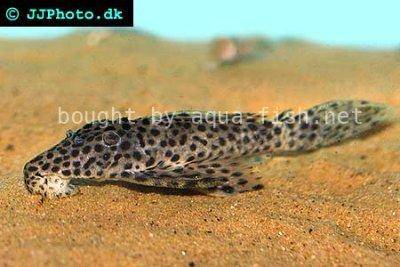


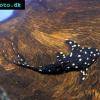 Adonis
Adonis 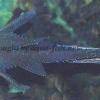 Lyre
Lyre 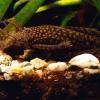 Bristlenose
Bristlenose 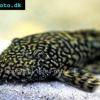 Gold
Gold  Bushymouth
Bushymouth  Spotted
Spotted 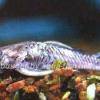 Medusa
Medusa 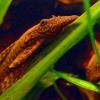 Bristlenose
Bristlenose 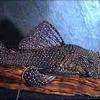 Starlight
Starlight 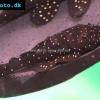 Spotted
Spotted 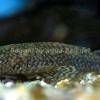 Catfish
Catfish 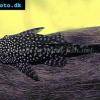 Bushynose
Bushynose 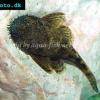 Bristlenose
Bristlenose  Green
Green 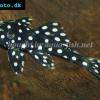 LDA-33
LDA-33 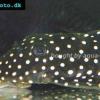 Snowflake
Snowflake 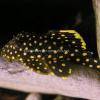 Gold
Gold 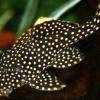 Gold
Gold 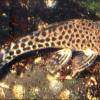 Bulldog
Bulldog 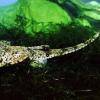 Dasyloricaria
Dasyloricaria 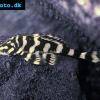 Butterfly
Butterfly 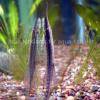 Whiptail
Whiptail 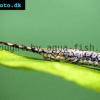 Amazon
Amazon  Twig
Twig 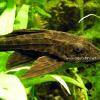 Spotted
Spotted 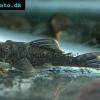 Spotted
Spotted 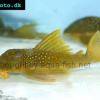 Lemon
Lemon 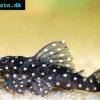 Pleco
Pleco 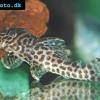 Peruvian
Peruvian 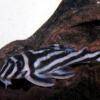 Zebra
Zebra 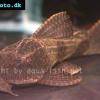 Pleco
Pleco  Hypostomus
Hypostomus 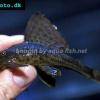 Pleco
Pleco 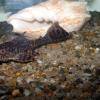 Suckermouth
Suckermouth 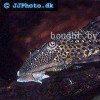 Spotted
Spotted  Woodeating
Woodeating 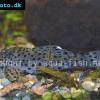 Sultan
Sultan 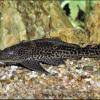 Multiradiatus
Multiradiatus 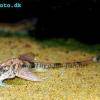 Marbled
Marbled 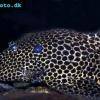 Pleco
Pleco 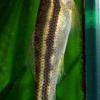 Dwarf
Dwarf 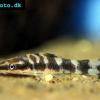 Dwarf
Dwarf 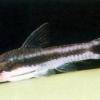 Dwarf
Dwarf 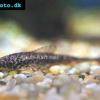 Oxyropsis
Oxyropsis 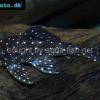 Orange
Orange 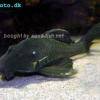 Blue
Blue 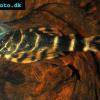 Clown
Clown 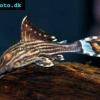 Royal
Royal 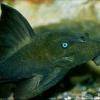 Blue
Blue 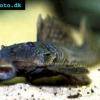 Rubber
Rubber 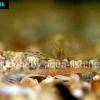 Goby
Goby 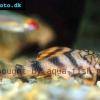 Wormline
Wormline  Para
Para  Tiger
Tiger 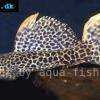 Leopard
Leopard 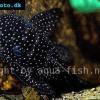 Spiny
Spiny 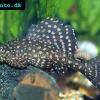 Marbled
Marbled 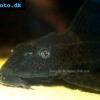 Amazon
Amazon  Common
Common 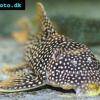 Sunshine
Sunshine 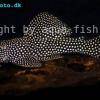 Golden
Golden